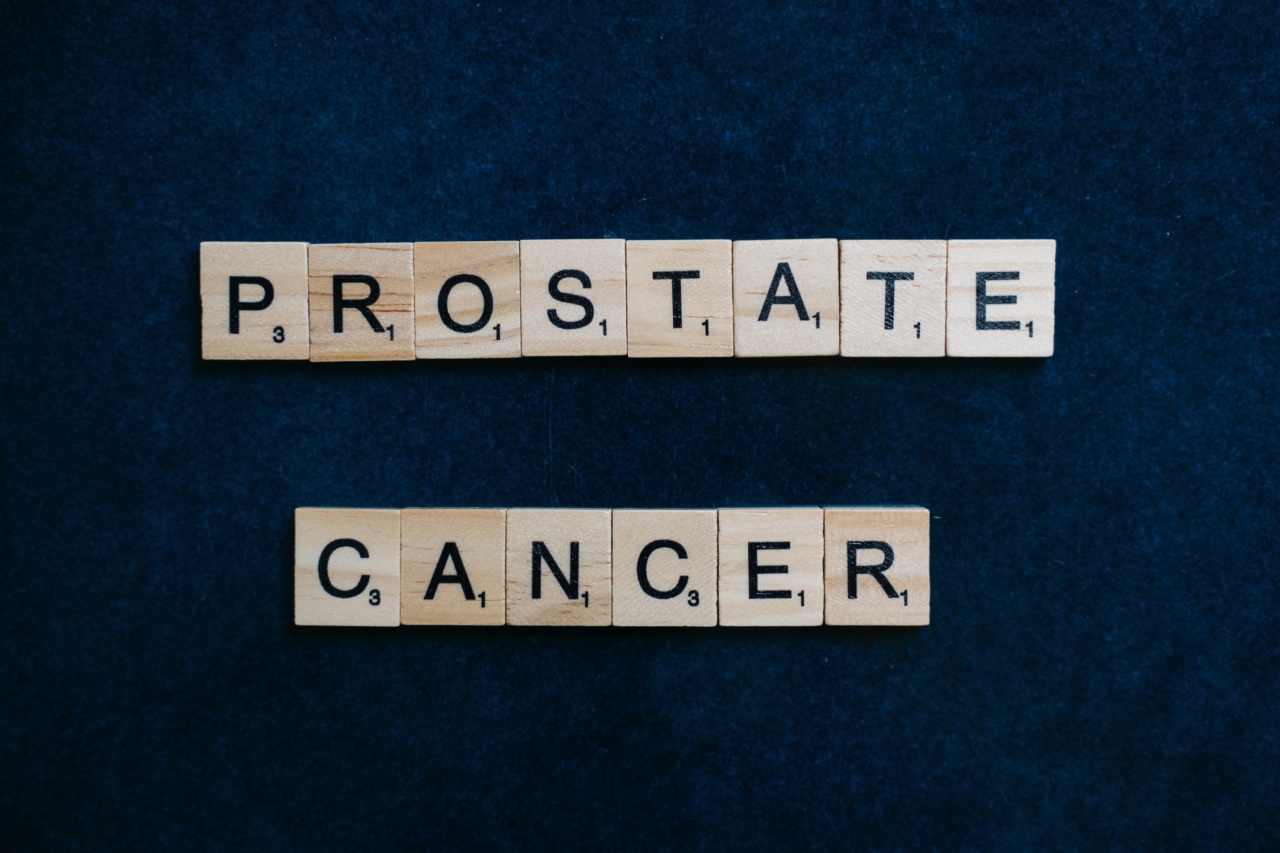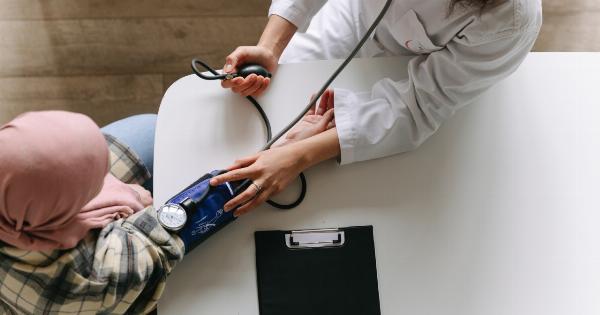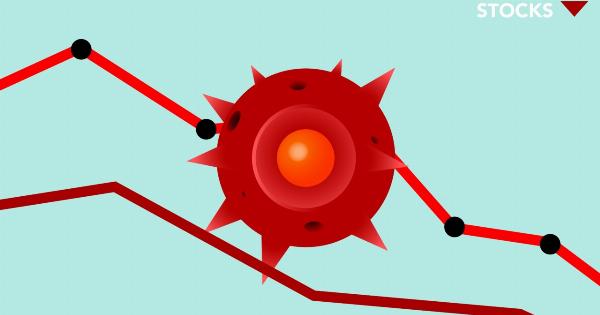Prostate cancer is a common malignancy affecting men worldwide and it is the third leading cause of cancer-related mortality among men worldwide.
Incidence rates of venous thromboembolism (VTE) are increasing globally, and it is estimated that prostate cancer patients have a high risk of developing VTE. The association between VTE and prostate cancer has been well established. It is essential for physicians who care for men with prostate cancer to be aware of this association and its clinical implications.
In this article, we will discuss the association between prostate cancer and VTE, as well as the clinical implications of this association.
What is Prostate Cancer?
The prostate gland is a male sex organ located below the bladder and in front of the rectum. It produces a fluid that forms part of semen. Prostate cancer is a type of cancer that develops in the prostate gland.
The exact cause of prostate cancer is unknown, but several factors increase the risk of developing prostate cancer, including age, family history, race, and diet. When prostate cancer is diagnosed in its early stages, it can be treated successfully. However, advanced stage prostate cancer can be life-threatening.
What is Venous Thromboembolism?
Venous thromboembolism (VTE) is a condition that occurs when a blood clot forms in a vein. Deep vein thrombosis (DVT) is a type of VTE that occurs in the deep veins of the legs, pelvis, or arms.
Pulmonary embolism (PE) is a serious complication of VTE that occurs when a blood clot breaks loose and travels to the lungs. VTE is a serious condition that can be life-threatening.
Association between Prostate Cancer and Venous Thromboembolism
The association between prostate cancer and VTE has been well established. Several studies have shown that prostate cancer patients have a higher risk of developing VTE compared to the general population.
The exact mechanism behind this association is not yet fully understood, but several factors have been proposed, including cancer-related inflammatory response and hypercoagulability associated with cancer. Prostate cancer patients who undergo surgery or radiation therapy may also have an increased risk of developing VTE due to the associated inflammation and immobilization.
The risk of developing VTE is highest in the first few months following prostate cancer diagnosis and treatment.
Clinical Implications of the Association between Prostate Cancer and Venous Thromboembolism
It is essential for physicians who care for men with prostate cancer to be aware of the association between prostate cancer and VTE.
Prostate cancer patients who experience symptoms of VTE, such as swelling, pain, or redness in the legs, or shortness of breath, chest pain, and coughing up blood, should seek immediate medical attention. In some cases, prophylactic anticoagulant therapy may be warranted to prevent VTE in prostate cancer patients who are at high risk.
While anticoagulant therapy can reduce the risk of developing VTE, it also has its own risks, including bleeding complications.
Therefore, physicians should carefully evaluate the risk-benefit ratio of anticoagulant therapy before initiating prophylaxis. Further studies are needed to identify strategies to minimize the risk of VTE in prostate cancer patients.
Conclusion
The association between prostate cancer and VTE is well established, and physicians who care for men with prostate cancer should be aware of this association and its clinical implications.
Early diagnosis and treatment of VTE can reduce the risk of developing cancer-related complications. Future research should focus on developing strategies to minimize the risk of VTE in prostate cancer patients while balancing the potential benefits of prophylactic anticoagulant therapy.



























